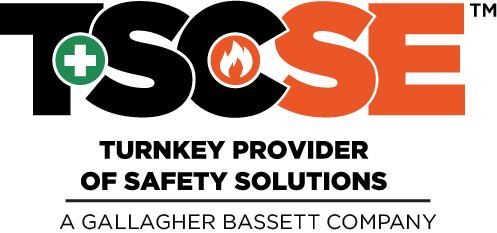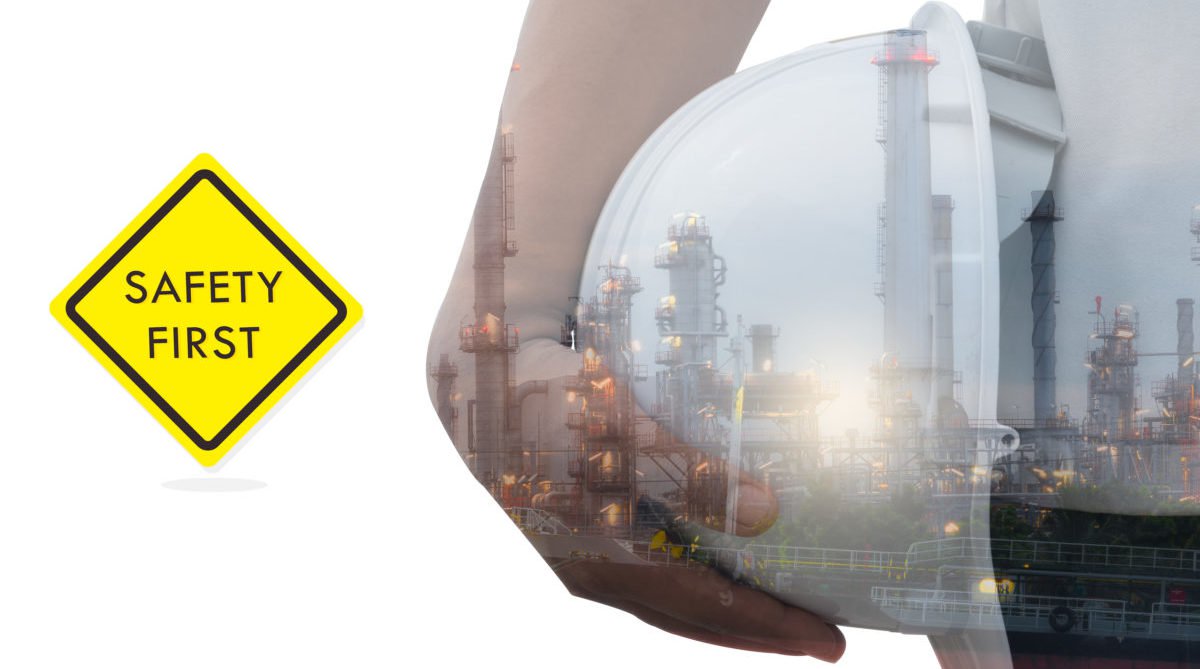Since the inception of OSHA, the Occupational Safety and Health Administration, safety has been a staple in the construction industry’s logistics and plans. To minimize injuries and fatalities, OSHA was created to standardize safety practices and create a set of rules, regulations, and general guidelines that contribute to site safety and the safety of all on-site workers. This safety work also pertains to the work that is done on the site, from the initial planning stages all the way to cutting the ribbon on your newly constructed building.

The modern-day construction site is full of many hazards and dangers, so much so that the site must be carefully monitored for any hazardous activity and to ensure the project is being completed on schedule. While being completed on schedule, one must consider the foundational planning of a project, with safety being considered when designing plans and material strengths for your building. In addition to building on schedule, the work must be done in a safe and orderly manner to maintain the quality of the building after completion.
Safety Procedures Required

OSHA was established in 1970 when the Occupational Safety and Health Act was signed into law by President Nixon. By law, employers must provide their workers with a workplace that does not have serious hazards and must follow all OSH Act safety and health standards. Employers must also identify safety and health problems and enact plans to correct them. The OSH Act further requires that employers must first try to eliminate or reduce hazards by making changes in working conditions rather than relying on personal protective equipment such as masks, gloves, or earplugs. Switching to safer chemicals, enclosing processes to trap harmful fumes, or using ventilation systems to clean the air are examples of effective ways to eliminate or reduce risks.
Other factors that employers must consider include:

- Provide safety protection on the job with guardrails, netting systems, scaffolds, and buckhoist/elevator protection to ensure the safety of the employees and pedestrians onsite
- Place Safety Managers onsite to identify hazards and put in place corrective actions immediately to eliminate the hazards
- Prepare a Safety Program for each project and ensure all Project Managers, Superintendents, and Safety Managers enforce it daily.
- Informing workers about chemical hazards through training, labels, alarms, color-coded systems, safety data sheets and other methods.
- Provide safety training to workers in a language and vocabulary they can understand.
- Keep accurate records of work-related injuries and illnesses.
- Provide required personal protective equipment at no cost to workers.
- Provide medical tests when required by OSH Act standards.
- Post OSHA citations and annually post injury and illness summary data where workers can see them.
- Notify OSHA within eight hours of a workplace fatality. Notify OSHA within 24 hours of all work-related inpatient hospitalizations, all amputations, and all losses of an eye
Building Integrity
When constructing a building for a project, planning and logistics are crucial to operations. Where safety comes into this stage involves the proper use of materials, as well as the placement of tools, foundational equipment, as well as construction vehicles and encampments such as bulldozers, loaders, and cranes. The proper placement of materials, as well as the building process of the project, must be taken into account to ensure the integrity of the structure long after it’s completed.
Creating a Safer Future

With current events unfolding regarding workplace incidents, we are reminded every day that safety procedures and practices must always be done and taken seriously. We are deeply saddened by what happened at the Hard Rock Hotel in New Orleans, as it will now serve as one of many reminders of the importance of safe building practices in the construction industry. Make no mistake: construction is the most dangerous industry to work in, with many accidents and fatalities occurring worldwide. With that in mind, it is imperative to continue emphasizing the importance of safety procedures and guidelines to ensure that the number of incidents are reduced over time. The creation of OSHA was just the first step; the further responsibility lands on all parties. Whether you’re the general contractor, subcontractor, or general laborer, safety is both an individual and team responsibility. With safety firms like TSC Southeast, we aim to make safety the most important job on the job.





